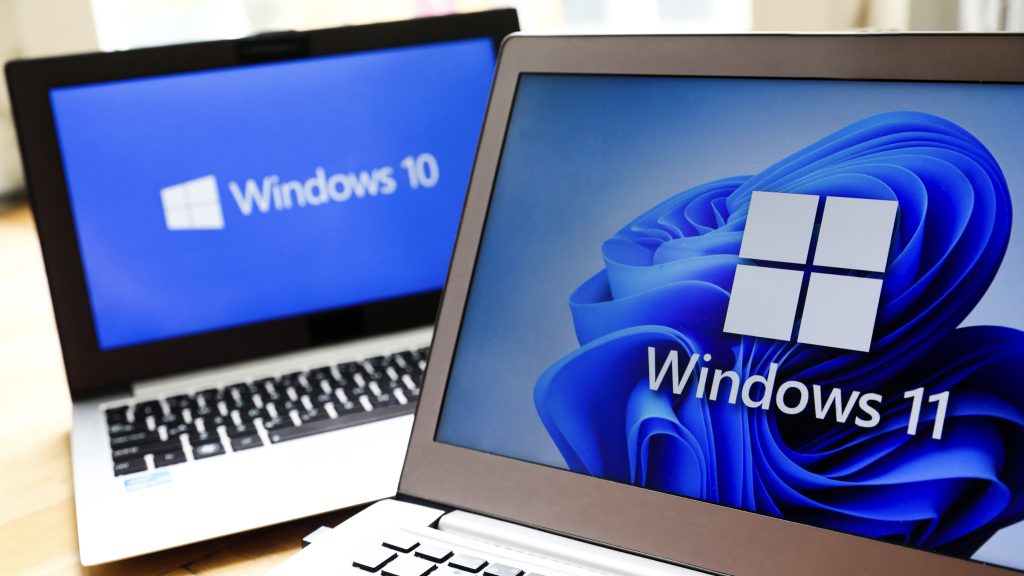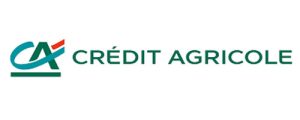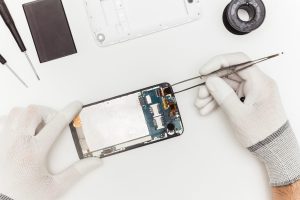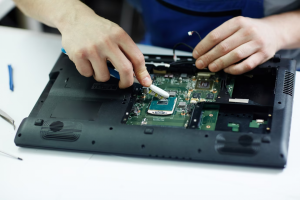Meet your Green IT partner
Remober extends the life of professional IT equipment through innovative, economic and ecologic solutions.


Who are we?
Passionate about the world of business and sustainable digital technology, Remober works to simplify the life of organisations in the management of their IT equipment: deployment or addition of equipment, maintenance, rental, end-of-life management.
End of Windows 10 support: Are you ready?
On October 14, 2025, Microsoft will end support for Windows 10.
Don’t endure the transition to Windows 11 — anticipate, optimize, and get the most out of your laptop fleet starting now!
- Hardware upgrades
- Supply of Windows 11 PCs
- Buyback of your old laptops





Asset management, in the age of sustainability
With recognised know-how in professional IT asset management, we create tailor-made solutions to manage your IT assets throughout their life while meeting your economic, ecological and operational challenges:
- Offering economical and ecological alternatives through refurbishment
- Be part of a sustainable, local and societal approach
- Create new ways of consuming, using and making money
- Ensure that everyone can be an actor in the ecological transition
Take back your IT equipment
Are you renewing your fleet of smartphones, business tablets or PCs? We take back and recycle your units to give them a second life.
Repair of IT equipment
The maintenance of IT equipment represents a budgetary, technological, environmental and security challenge. Discover our know-how
Purchase or rental of new or reconditioned IT equipment
Are you deploying a fleet of smartphones, tablets or PCs? Include refurbished equipment in your project!
Digital sustainability
Committed to a more sustainable, local and inclusive management of your IT assets, we support your CSR approach and the reduction of your carbon footprint linked to your IT equipment.
Remober is your sole point of contact for the management of all your professional office IT equipment. Our teams are able to assist you with all your equipment and the largest professional IT ranges.
Simplify the management of your mobile fleet!
If you own a fleet of company mobile phones, Remober can support you throughout their lifecycle with a comprehensive range of services that is unique on the market: supply, enrolment, maintenance, reconditioning, recycling, etc.

A single point of contact to manage your computers, PCs, screens, etc.
Desktops, laptops, monitors, workstations, servers… Remober supports you throughout the life of your IT equipment with a unique range of services: sale of new or reconditioned equipment, maintenance, take-back, recycling…

Buy and resell your telecom systems and accessories
Office phones, SIP phones, DECT phones, headsets, servers, switches, routers, wifi terminals…

Buying second-hand licences for your business PCs
Remober can help you buy second-hand software or operating systems for your fleet of PCs and computers.

Protect to extend the life of your fleet
Remober offers you a wide range of mobile accessories to protect your equipment, improve the experience of your employees and extend the lifespan of your equipment.
Our experts will be happy to advise you!

Commitment to sustainable management
Thanks to its wide range of reuse services, Remober can help you manage your IT assets in a more sustainable way
Reduce your carbon footprint
Promote social action
Commit to local reuse
Solutions adapted to your business challenges
Economical
With its fleet takeover, refurbishment sales and maintenance services, Remober offers you solutions to extend the life of your fleet and make your investments profitable over time.
Ecological
Remober helps you reduce the carbon footprint of your IT assets through reuse and repair.
Operational
Take back control of your IT asset management with agile solutions that are independent of manufacturer roadmaps.
All news

Mobile fleet repair for businesses: At last, an offer tailored to professionals!
Today, having a corporate mobile fleet gives you greater room for maneuver in your business. Thanks to reconditioned mobile fleets, companies now have a solution

Refurbished professional computers: our guide to buying with confidence
Responsible IT purchasing is one of the levers for more sustainable asset management and for reducing the company’s digital footprint. What is IT refurbishment?

End of life for your equipment : Guide to optimizing your IT fleet takeover
Even if your equipment has reached the end of its useful life or is no longer of use to you, that doesn’t mean it’s obsolete!

IT equipment: how to better manage the end-of-life of a fleet?
Questions about end-of-life management of IT equipment are part of everyday business life. What do we do when the equipment no longer functions, or is

How can you extend the lifespan of your IT assets? Our guide to a sustainable approach
In the workplace, the average lifespan of a PC is 3 years, and 18 months for a smartphone. Did you know that, thanks to maintenance,

Refurbished smartphones: companies, go for it!
Today, more and more companies are looking for solutions to acquire a mobile fleet or to improve its management. New technologies have become real allies









